The kids were thrilled with the prospect of bringing a big ol’ handful of worms into the house. The purpose? To see how {and if} worms compost, dig tunnels and mix soils.
Mommy? Perhaps not as thrilled as the kids were at the prospect of there being worms on the loose should a certain 5 year old manage to get ahold of the jar. But she persevered…
Want to try this at home? Here’s what you’ll need:
- a quart size canning jar
- a lid with holes in it
- dirt/soil/hay/grass
- worms
- dark colored felt or paper
First we layered dirt into our jar ~ rich soil from the garden, some lighter sand, some mulch {layering soil, sand, mulch, soil, sand…}. When we had filled the jar, we had fun digging for worms and added them to the top of the jar. We also added some food {teeny tiny chopped carrots, celery greens, chopped apples, etc…} for the worms to mix into the soil ~ we hoped.
We made sure the soil was slightly damp, put the lid on our jar and wrapped in a piece of dark brown felt so that the worms would have some darkness to work in. We even put the jar inside one of our cabinets so that it was good and dark.
Every few days for the next two weeks we continued to check on our worm jar to see how our little underground friends were doing ~ and if they were doing their jobs.
We filled out a simple science notebooking sheet with our predictions and observations to track our worm’s activities.
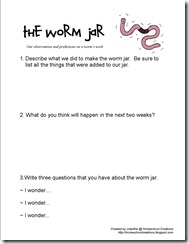 Click on the image to download the pdf.
Click on the image to download the pdf.
Some fun facts we learned about worms:
~ The only place where earthworms don’t live are in the desert or where the ground is frozen.
~ Earthworm poop is called ‘castings’.
~ Worms have two layers of muscles ~ one that runs lengthwise and one that runs around, helping its body stretch and contract.
~ Worms have a coat of slimy mucus that helps them glide through the dirt.
~ Sunlight can kill a worm because they are sensitive to the UV radiation.
~ Worms are sensitive to temperature and touch.
~ Worms do not have ears, rather they ‘hear’ by sensing vibrations.
Here is a peek at our jar after 3 days. Can you see one of our worm friends near the top of the jar? See how our soil is already mixing? We had to add a little water/moisture to the jar to help out our worm friends.
After two weeks there were no obvious layers anymore. Our worms had been hard at work mixing and composting our soil. After we observed them, we took them back to our garden and let them do their work around our vegetables. :)
Don’t forget to join Homeschool Creations on Facebook!
This post is also linking up to the OHC Spring Series #9: Earthworms at Handbook of Nature Study. :)



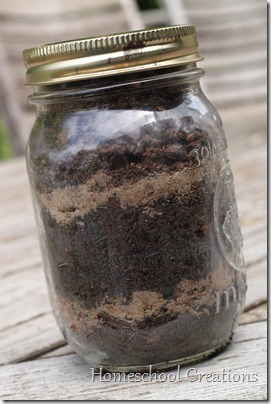
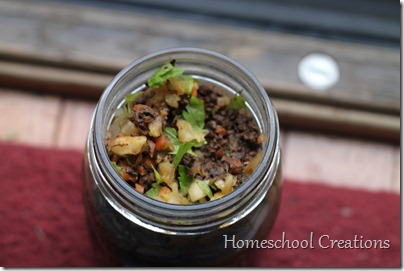
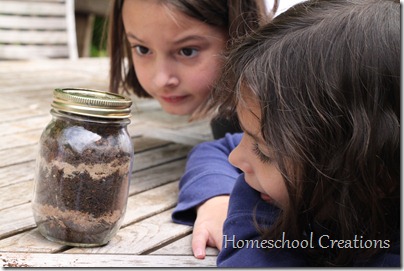
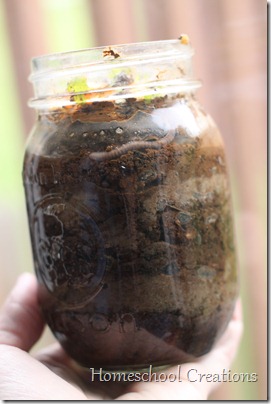
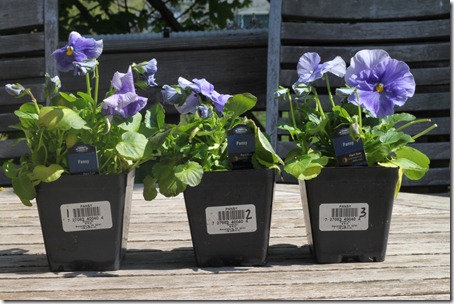
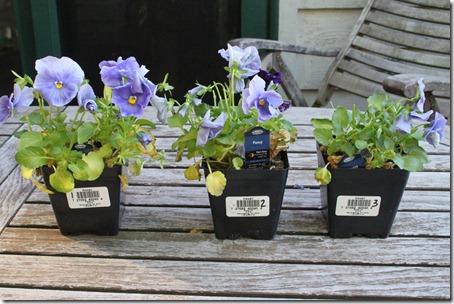
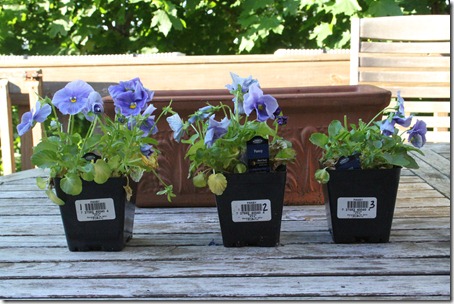

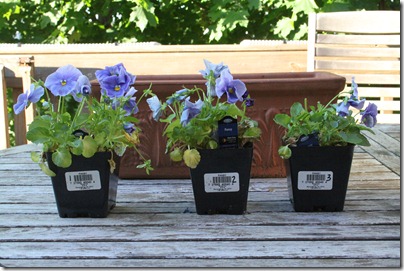
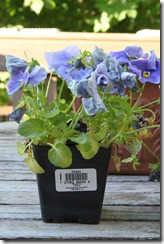
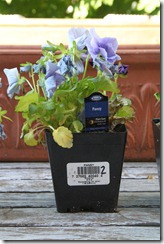
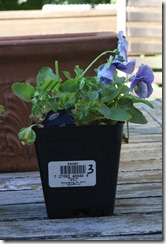

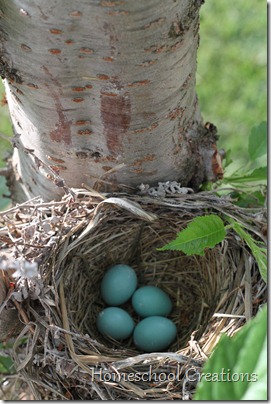
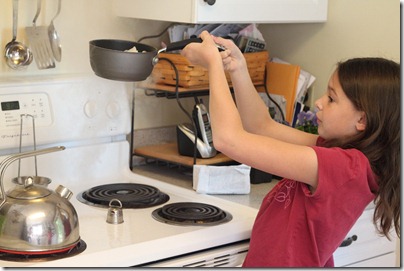
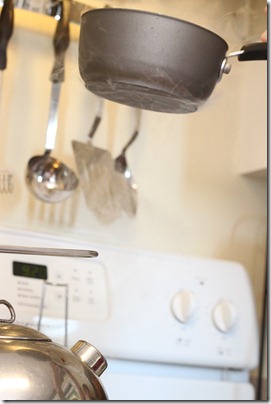
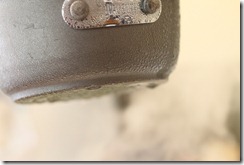












 The printables shared on this site are FREE of charge unless otherwise noted, and you are welcome to download them for your personal and/or classroom use only. However, free or purchased printables are NOT to be reproduced, hosted, sold, shared, or stored on any other website or electronic retrieval system (such as Scribd or Google docs). My printables are copyright protected and I appreciate your help in keeping them that way.
If you download and use some of my printables and then blog about them, please provide a link back to my blog and let me know - I'd love to see how you are using them! Please be sure to link to the blog post or web page and not directly to the file itself. Thank you!
The printables shared on this site are FREE of charge unless otherwise noted, and you are welcome to download them for your personal and/or classroom use only. However, free or purchased printables are NOT to be reproduced, hosted, sold, shared, or stored on any other website or electronic retrieval system (such as Scribd or Google docs). My printables are copyright protected and I appreciate your help in keeping them that way.
If you download and use some of my printables and then blog about them, please provide a link back to my blog and let me know - I'd love to see how you are using them! Please be sure to link to the blog post or web page and not directly to the file itself. Thank you!